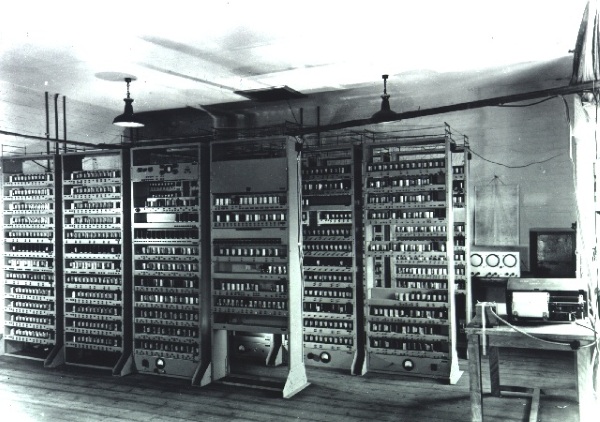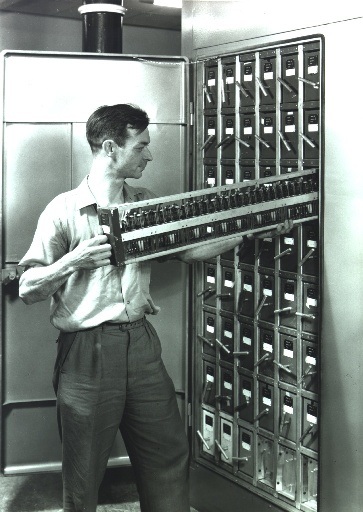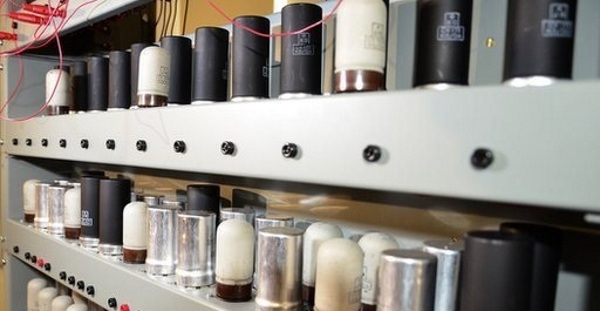The Electronic Delay Storage Automatic Calculator, better known as EDSAC, was a computer built by engineers and scientists at Cambridge University in the 1940s.

It began running programs in May 1949 and throughout the course of its career was able to help dozens of scientists analyze data generated by experiments.
Eventually, though, EDSAC outlived its purpose, so the machine was decommissioned and its parts dismantled in the 1950s; as the computer was considered dated, no one thought twice about tracking which parts went where.

Interest in the computer has increased considerably of late due to Dr. Andrew Herbert, who is trying to reconstruct the early machine at the National Museum of Computing at Bletchley Park.
After much time spent tracking through the history of EDSAC, it was discovered that during its decommissioning, the computer was actually sold off in an auction, though details as to who bought the parts were harder to find.
“Details of the 'auction' are unclear, but there is a possibility that other parts of the original EDSAC still exist and could even be in the Cambridge area stored away in lofts, garden sheds, and garages,” said Dr. Herbert.
One part of EDSAC, the Chassis 1A, happened to make its way to the United States after it was bought by Pennsylvania-resident, Robert Little. According to Little, he obtained the piece from Cambridge scientist Dr. Robert Clarke in 1969, who had bought several EDSAC pieces in the auction with the intent of turning them into bookshelves.
Little took it upon himself to contact the EDSAC reconstruction team after reading about the project online.
For those curious, the Chassis he had is designed to hold 28 of the 3,000 valves that formed the main computational elements of EDSAC. The machine’s 12 vertical racks held up to 14 individual chassis on to which the valves were fixed.

Unfortunately, the chassis Little provided the team was severely worn after being in storage for decades; work is now underway to see how much of the piece can be incorporated into the reconstructed machine.

“It would be a major task to return this particular chassis to operating condition,” he said.
“However, we hope to try to use some of the valves, if they are still functional, in our reconstructed EDSAC thus providing a very tangible connection with the original machine.”
Worth noting is that the chassis Little provided the reconstruction team is just the second artifact recovered from the original machine. In June last year, detailed circuit diagrams of EDSAC were discovered — they’re now being used to help project workers with the reconstructed machine.
The new-old EDSAC is due to be completed by the end of 2015.
Via BBC
Advertisement
Learn more about Electronic Products Magazine





